|
Join me for a walk down memory lane. At the edge of the garden, I stand patiently as my Grandma Joyce ties a fruit basket with an old piece of rope around my waist. Once my handy basket is secure, I grab two plastic berry quarts and put them in the basket. In front of me are rows, upon rows raspberries. Now, these are not just any raspberries. These are blue raspberries. The biggest and sweetest raspberries you ever could eat! I'm not alone in my berry picking. With me is my brother Chris, my cousin Jessica, my other cousin Daniel, my aunt Valerie, my mom, and my Grandma. Sometimes neighbours came too but not today. My Grandpa is over checking out the other plants in the garden (likely squishing potato bugs…that's a memory for another time lol). Picking berries was a family event/contest. The girls: my cousin and I against the boys: Chris and Daniel. Clearly, the girls were the better pickers (haha sorry not sorry). We picked more quarts while not leaving precious berries behind on the bushes. Looking back on this memory, one of my favorite parts concerns not with the berries we picked but with the way my Grandma Joyce just "was." She praised us for our work (which she trusted us to do), encouraged us to laugh, brought us together, and loved us with everything she could. This memory cost $0, yet it is one of my strongest childhood memories. One of my "learning" environments growing up was my Grandma's garden. The knowledge provided just by letting me tag along, giving me chores, and actively communicating her know-how had a massive impact on my life. As early childhood educators, we owe it to the children in our care to take them back to nature. Nature is more than just walking through a forest, or exploring a meadow. It's more than gardening or picking flowers. Nature teaches us about life and death, cause and effect, senses, respect, and most importantly, it supports positive emotional and physical well-being. How can we incorporate nature into our learning environments?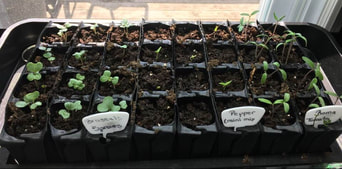 A great first step is to incorporate gardening into your sensory play. Allowing children to:
What about indoor plants (houseplants)We live in Canada… so our outdoor gardening season isn't very long. What can we do for the rest of the year? Having plants around our play spaces and throughout our homes allows children to feel connected to nature even when it's snowy outside. The benefits of houseplants transcend beyond just the child. They are crucial to our own feelings of well-being. Houseplants have incredible benefits beyond just being nice to look at. These include:
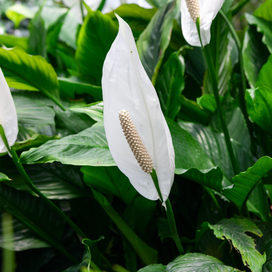 I encourage having poisonous plants in your home and play space. Just be smart about it. The Peace Lily for example is the #1 best air purifying plant. It has striking green leaves and a super neat flower during it's bloom season. Nevertheless the Peace Lilly is considered poisonous (if consumed). This is a plant to put out of reach. The same way we put covers over electrical outlets vs. not having any electrical outlets. Having plants that are dangerous if eaten opens the door for multiple communication and teaching moments. If however you can only have "safe" plants in your environment here's a short list I hope you find useful:
Sources:
Positive Health Wellness,.(Sept.27/2018). 7 Science-backed benefits of having plants at home. sourced from: https://www.ecowatch.com/health-benefits-of-having-plants-at-home-2608386260.html D.Murray,. (March 16/2018). 20 Plants that are safe for children, cats and dogs. sourced from: https://www.hgtv.ca/green-living/photos/plants-child-pet-safe-1913786/#
1 Comment
|
Early Years at Home When we refer to home we refer to a feeling of welcome, family, comfort and belonging. Licensed home child care offers the feeling of "home" with the benefits of early years pedagogy. Categories
All
Archives
June 2023
©Little Lambs Home Daycare
©Kristina Schwartz |

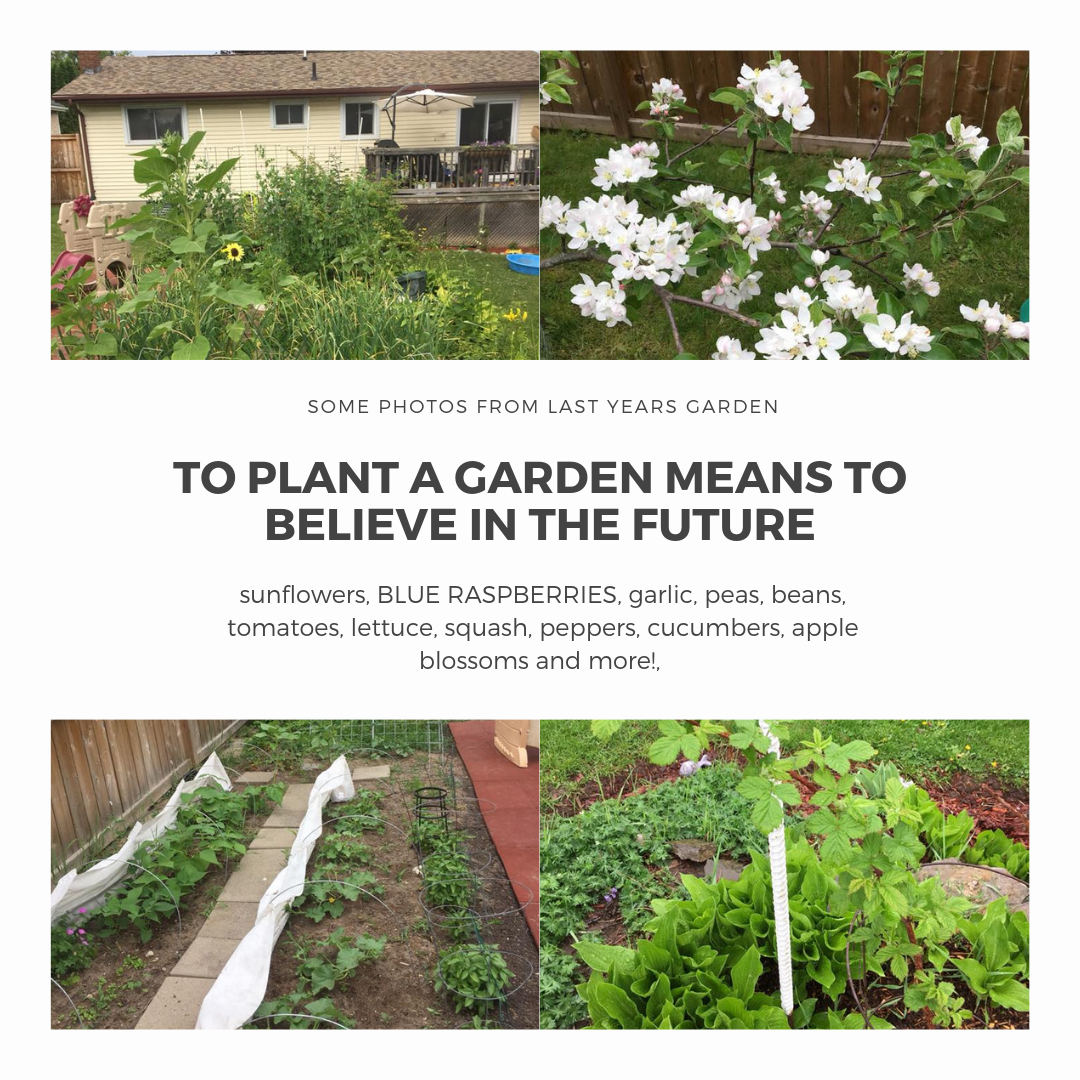
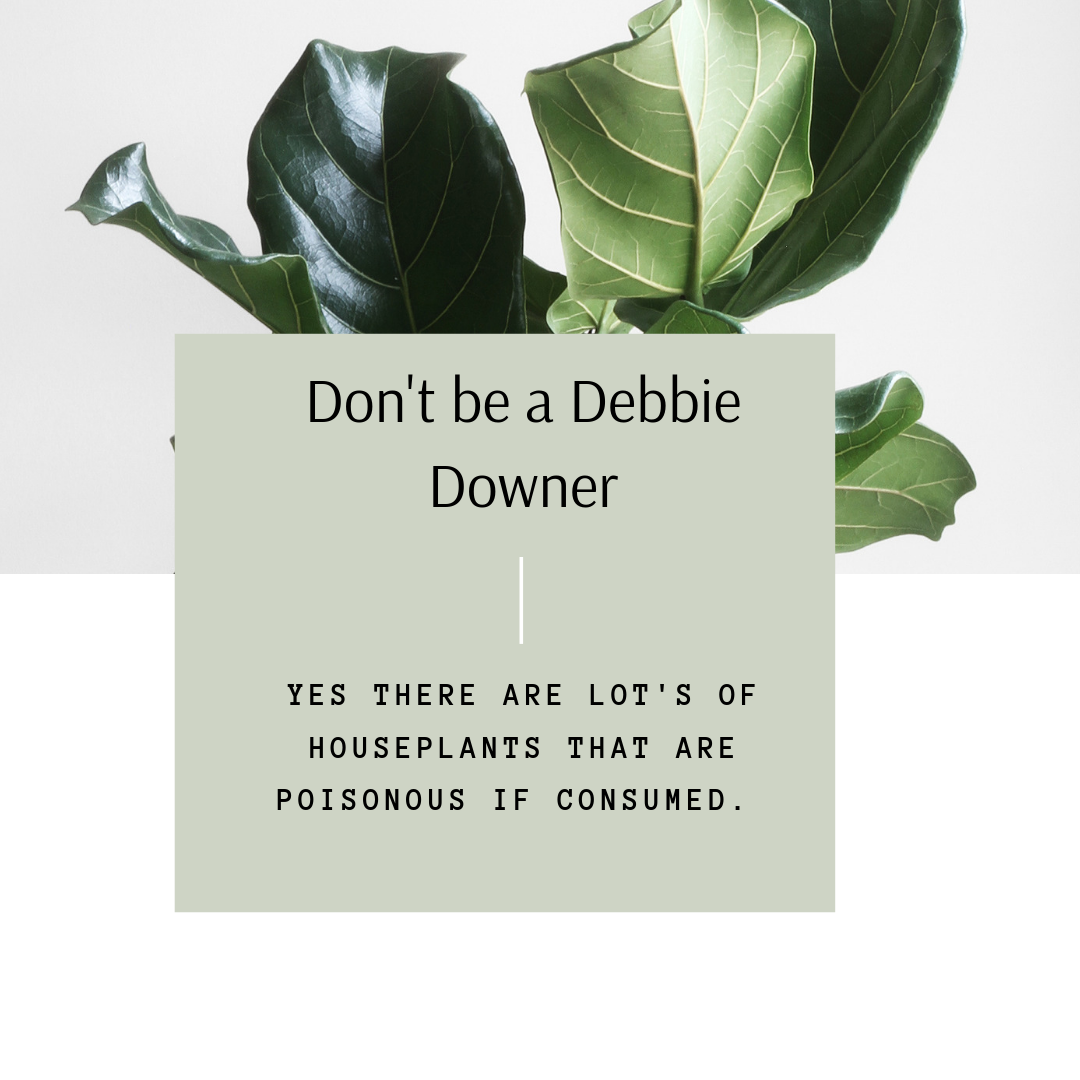
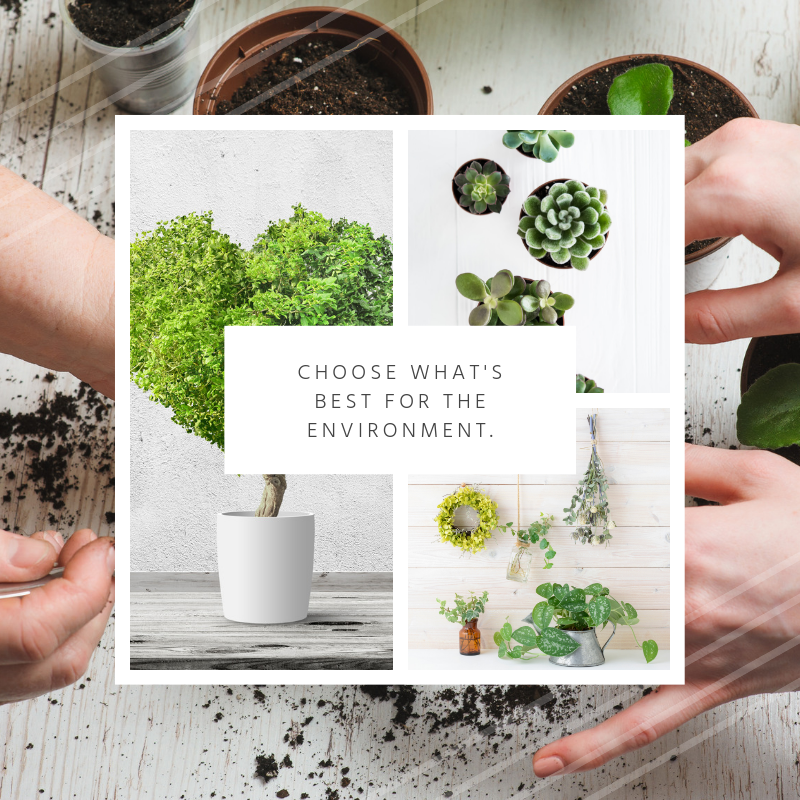
 RSS Feed
RSS Feed